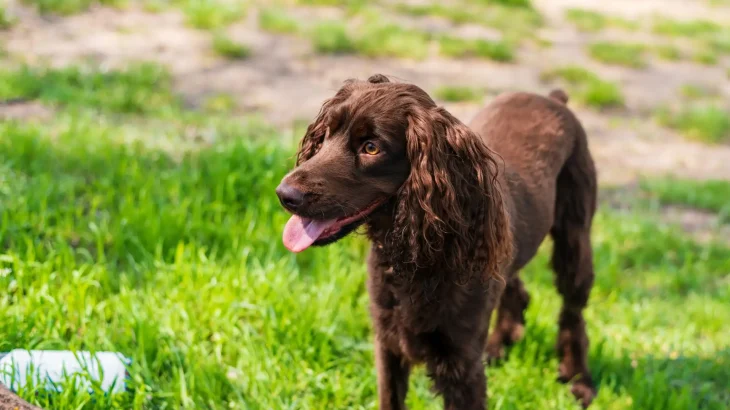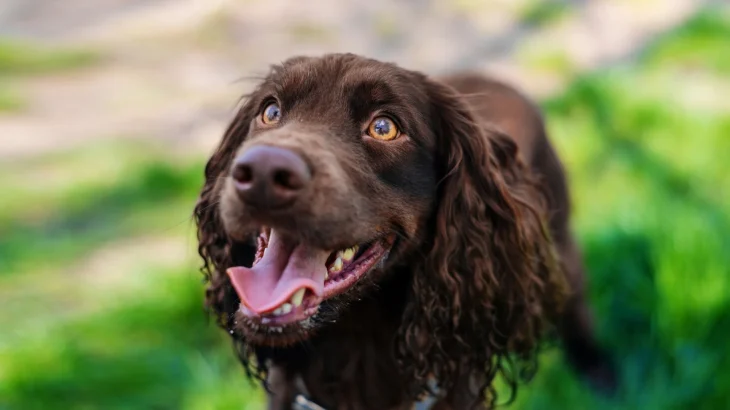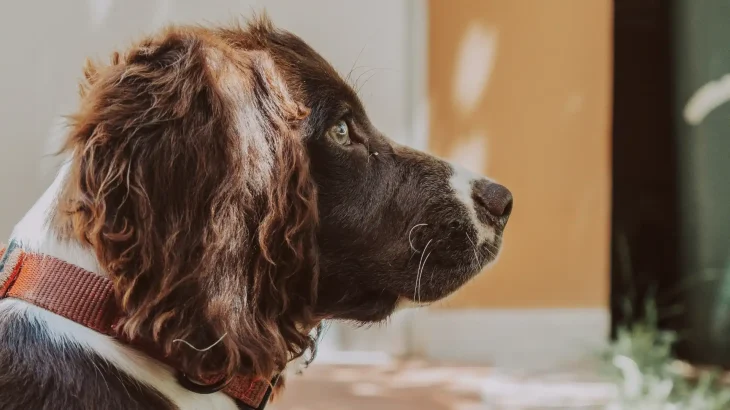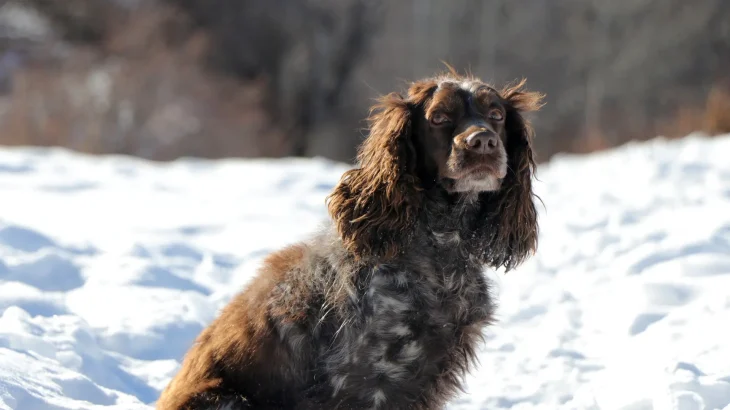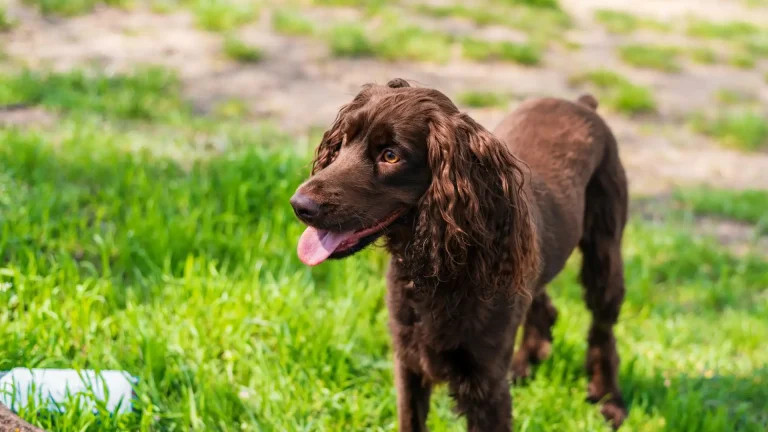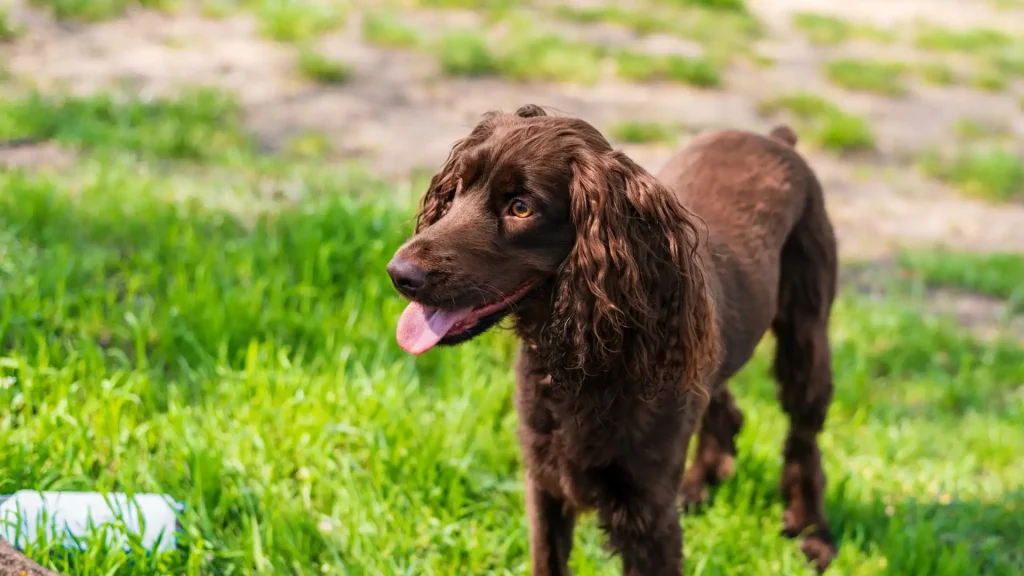Choosing between adopting or purchasing a German Spaniel puppy depends largely on what you value most—whether it's the assurance of lineage and health or the rewarding experience of providing a home to a dog in need. Both options offer unique benefits and considerations specifically relevant to this breed's traits and breeding practices.
Adoption vs. Breeder: Pros & Cons
| Criteria | Buying from Breeder | Adopting from Shelter/Rescue |
|---|---|---|
| Cost | Usually higher, reflecting pedigree and breeder care. | Generally lower fees, often including medical care. |
| Health History | Comprehensive health and genetic records available. | May be limited, but shelters provide basic health checks. |
| Age Availability | Mostly puppies, allowing early bonding. | Varies; often adults or older dogs. |
| Temperament Insight | Breeders provide info on lineage traits. | Staff share behavior observations; background may be unknown. |
| Supporting Practices | Supports responsible, ethical breeding. | Supports animal welfare through rescue. |
| Breed Purity & Pedigree | Purebred with pedigree documentation. | May be mixed or unknown lineage. |

